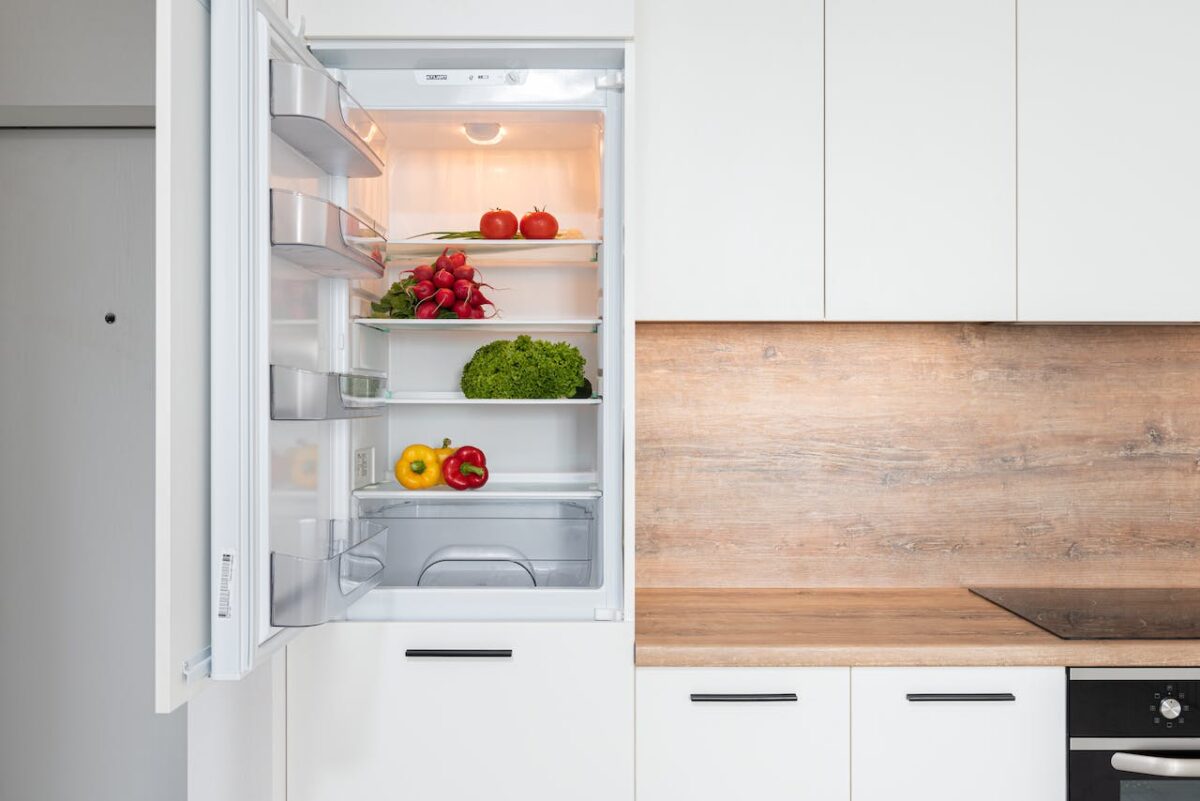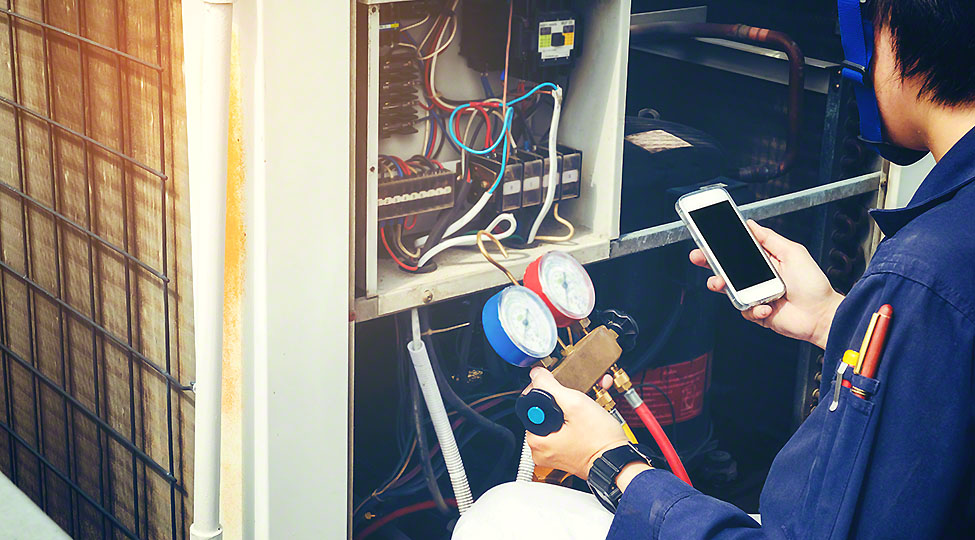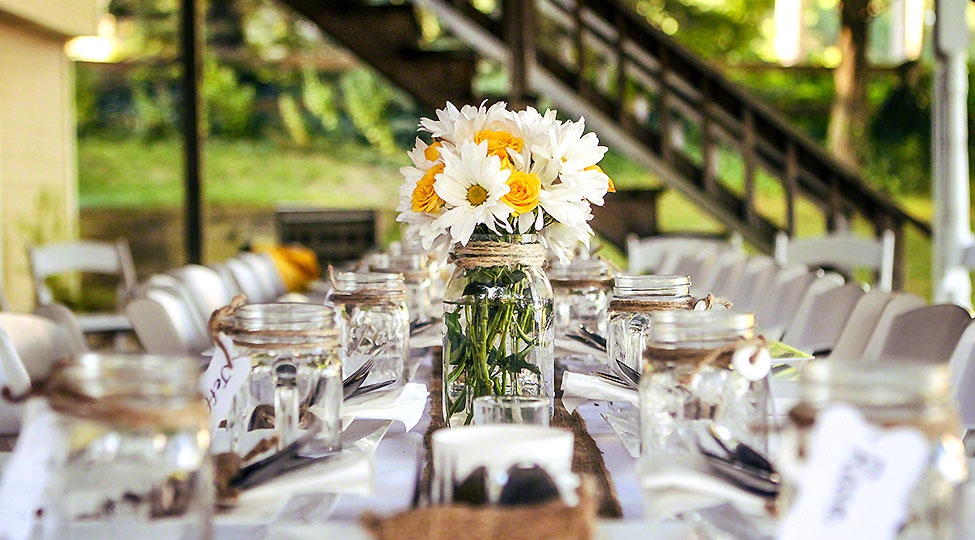Home appliances are an integral part of our daily lives, making our routines more convenient and efficient. However, when these appliances encounter problems or breakdowns, it can be quite frustrating. Incorporating appliance repair knowledge and skills is crucial in addressing these common issues. Having the right tools at your disposal can save you time and money, ensuring that your household runs smoothly.
Common Refrigerator Problems and How to Fix Them
Many people face common refrigerator problems from time to time.Luckily, there are straightforward solutions to these problems.
Refrigerator Not Cooling Properly
When your refrigerator isn’t keeping your food cool enough, it’s frustrating. The culprit here could be dirty condenser coils. These coils are responsible for releasing heat. Over time, dust and dirt can accumulate, making them less efficient. To fix this, unplug your fridge, locate the coils (usually on the back or underneath), and clean them with a brush or vacuum cleaner.
Water Leaking Inside the Fridge
A leaky fridge can lead to soggy food and a mess. The most common cause of this issue is a defrost drain. Food particles or ice can block the drain, causing water to accumulate and then leak into your fridge. To solve this, unplug your refrigerator, locate the drain, and clear any obstructions using a pipe cleaner or hot water.
Ice Maker Not Working
If your ice maker isn’t producing ice, it’s time to investigate. Check the water inlet valve for any blockages. If it’s clear, the valve itself might be faulty and needs replacement.
Strange Noises Coming from the Fridge
Refrigerators can make odd noises that disrupt your peace. Often, it’s due to the condenser or evaporator fan motor. If these motors become faulty, they can produce loud or unusual sounds. To resolve this, replace the problematic motor.
Fridge Runs Too Often
When your refrigerator runs constantly, it could be due to dirty condenser coils. Additionally, a malfunctioning thermostat or temperature sensor may also be at fault. Check and clean the coils, and if the issue persists, consider replacing the faulty components.
The Freezer Is Too Cold
A freezer that’s excessively cold can lead to frozen food. The culprit here might be a faulty temperature control thermostat. You can test it by turning the thermostat to a warmer setting. If the freezer doesn’t adjust, you may need to replace the thermostat.
Fridge Door Seal Is Broken
A broken door seal allows warm air to enter your fridge, causing it to work harder and consume more energy. To fix this problem, inspect the seal for cracks or tears. If you find any, replace it with a new one, ensuring a tight seal.
Refrigerator Is Overheating
If the sides or back of your refrigerator are hot to the touch, it’s a sign of overheating. This can happen when the condenser coils are dirty, obstructing heat dissipation. Clean the coils, and make sure there’s enough space around the fridge for proper ventilation.
Strange Odors Inside the Fridge
Unpleasant odors can ruin the taste of your food.. Next, clean the interior with a mixture of baking soda and water. Leave an open container of baking soda inside the fridge to absorb odors.
Fridge Light Doesn’t Work
A non-functioning fridge light can be a hassle, especially when you’re looking for something in the dark. Check the bulb first. If it’s not the bulb, the switch that activates the light when you open the door may be faulty. Replacing the switch should solve the issue.
Choosing the Right Tools for Home Appliance Repairs
When it comes to fixing your refrigerator or home appliance, having the right tools is essential. In the realm of commercial appliance repair Fairfax, using the proper tools can make the repair process easier and more successful.
Screwdrivers
Screwdrivers are a fundamental tool for appliance repairs. They come in various sizes and types, including flathead and Phillips head screwdrivers. These tools help you remove screws holding appliances together. Having a set of different-sized screwdrivers is beneficial as it ensures you have the right one for each job.
Pliers
Pliers are versatile tools that come in handy for gripping, bending, and cutting. Needle-nose pliers are excellent for reaching into tight spaces, while regular pliers are useful for gripping and bending wires or components. Investing in a good pair of pliers is a wise choice for appliance repairs.
Wrenches
Wrenches are indispensable for tightening or loosening nuts and bolts in refrigerators. Adjustable wrenches are particularly valuable because they can adapt to various sizes. They are ideal for working on appliance parts that require precise adjustments.
Multimeter
A multimeter is an essential tool for diagnosing electrical problems in appliances. It allows you to measure voltage, current, and resistance. With a multimeter, you can identify faulty components such as burnt-out fuses or malfunctioning heating elements.
Nut Driver Set
A nut driver set is similar to a screwdriver but specifically for nuts and bolts. It can make the removal and installation of fasteners much easier. Having a set with different sizes ensures you can handle various appliance repair tasks.
Wire Strippers
Wire strippers are essential for working with electrical wires. They allow you to remove the insulation from wires without damaging the conductors. This tool is crucial when repairing appliances that involve electrical connections.
Tape Measure
A tape measure may seem simple, but it is invaluable for appliance repairs that require precise measurements. Whether you’re fitting a new part or checking clearances, a tape measure helps ensure accuracy.
Insulation and Safety Gear
Safety should always be a top priority when working on appliances. Insulation tools like rubber gloves and safety glasses protect you from electrical shocks and debris. These safety measures are essential for your well-being during repairs.
Flashlight
A flashlight is a handy tool for inspecting the inner workings of appliances, especially those in dark or tight spaces. It allows you to see clearly and identify problems more effectively.
Cleaning Supplies
Cleaning supplies such as brushes, solvents, and degreasers are essential for appliance maintenance and repair. Keeping your appliances clean can prevent future issues and extend their lifespan.
Adhesives and Lubricants
Adhesives and lubricants can be helpful when repairing certain appliances. They can help secure loose parts or make components move smoothly. Always use the appropriate adhesive or lubricant for the specific appliance and repair task.
Conclusion
When it comes to maintaining and repairing your home appliances, having the right tools and knowledge can make all the difference. From refrigerator repair Northern VA to addressing issues with various household appliances, knowing how to diagnose and address common problems is key to extending their lifespan. This can save you from costly repairs or replacements. By investing in a toolbox and following practical tips, you’ll be better equipped to handle everyday appliance problems, including those in your refrigerator, and keep your household running smoothly.









